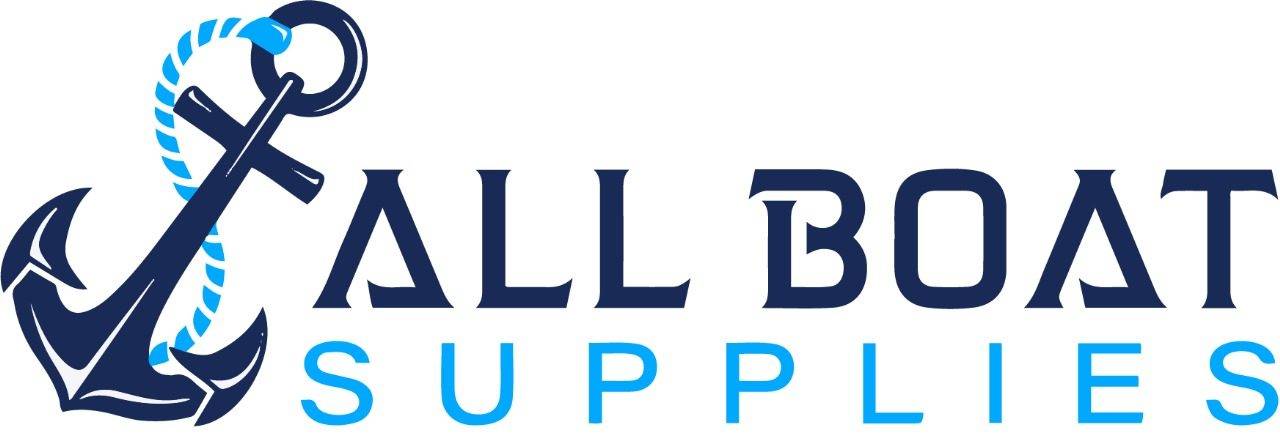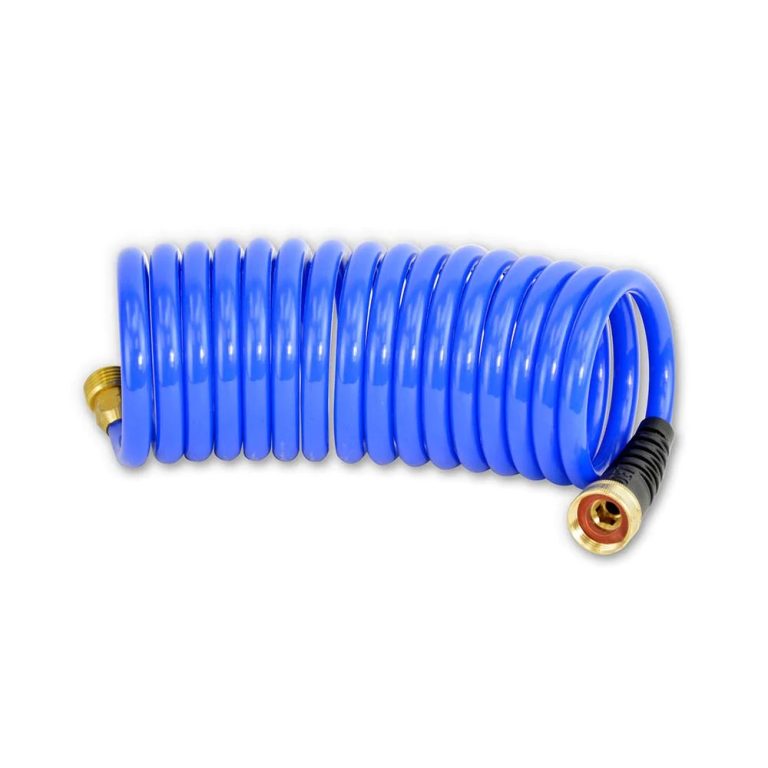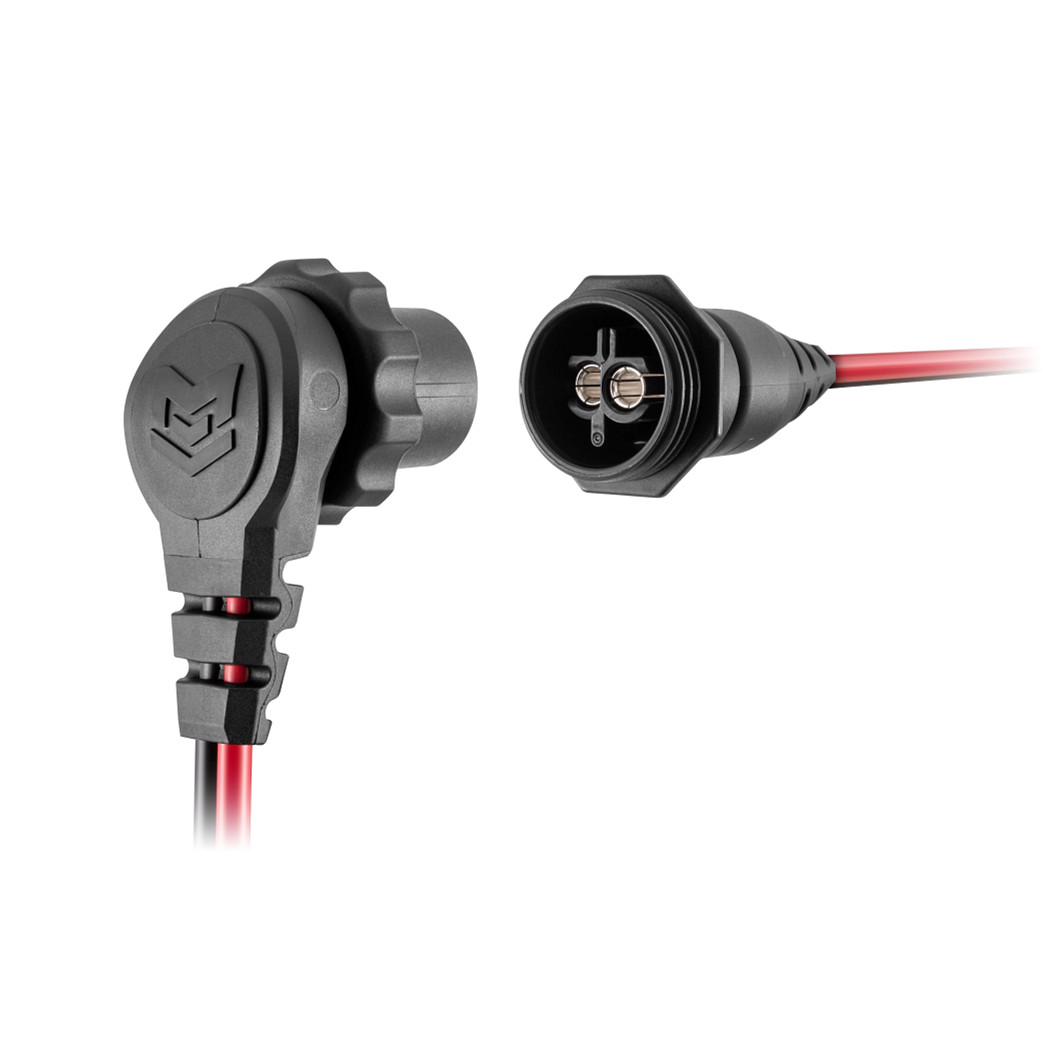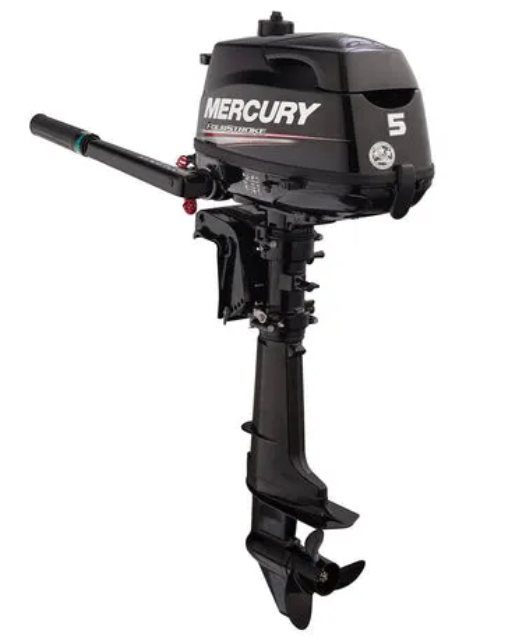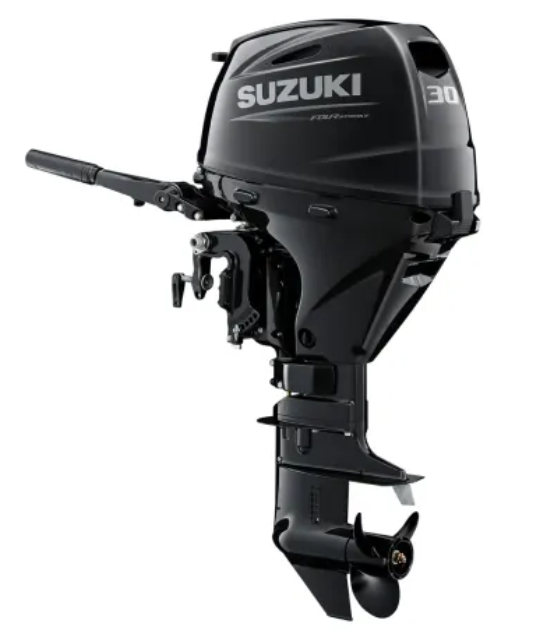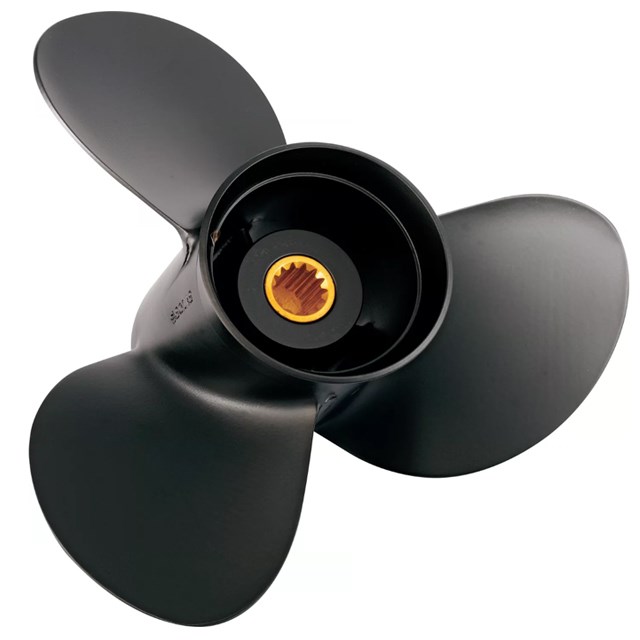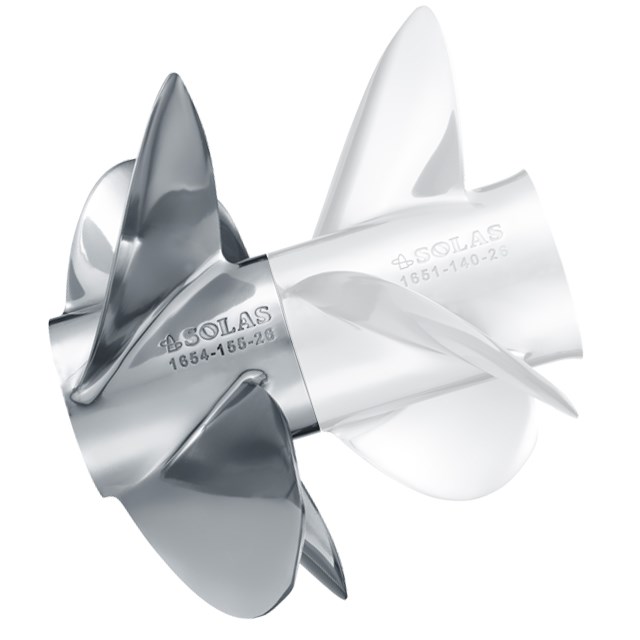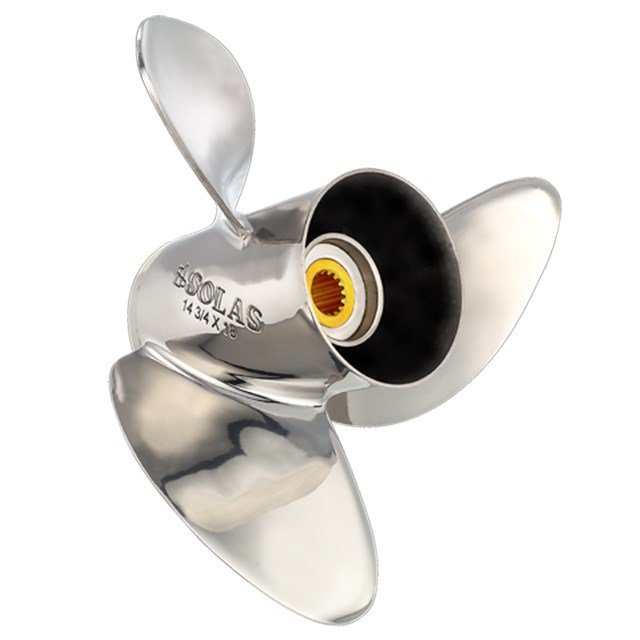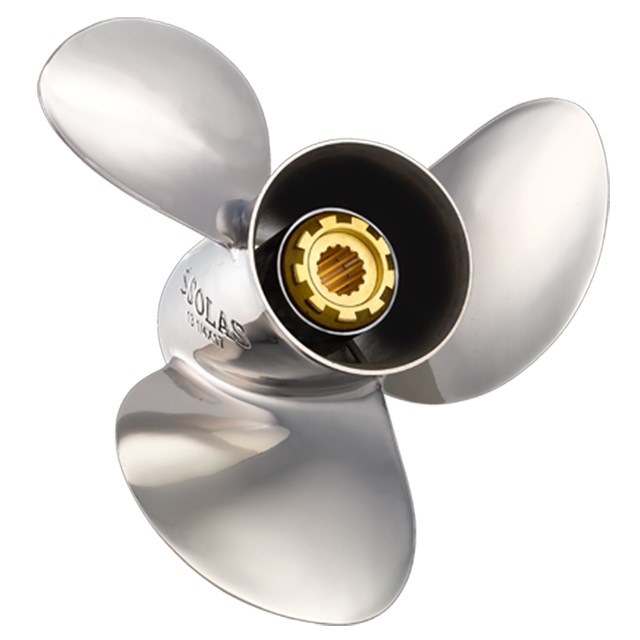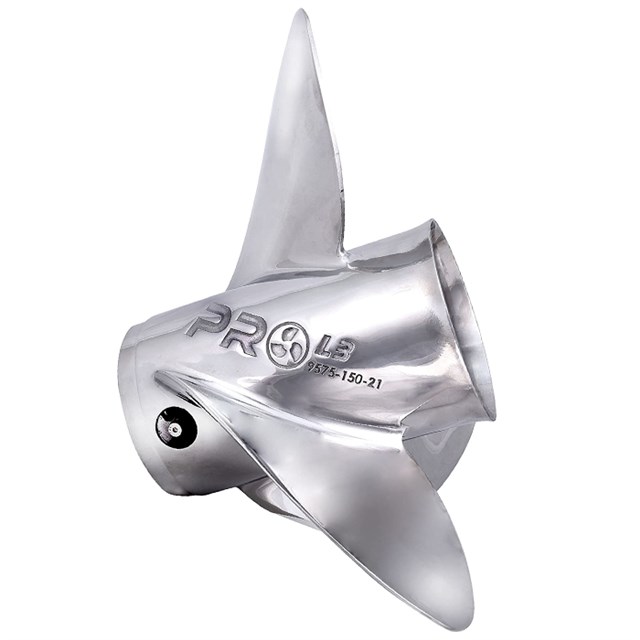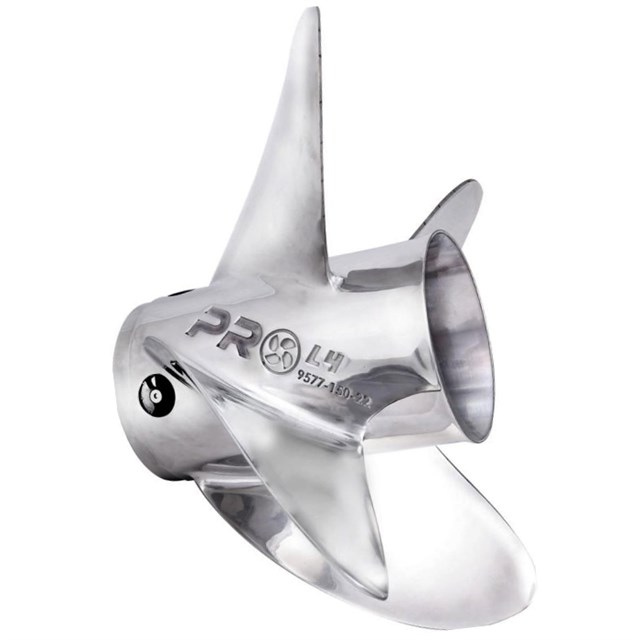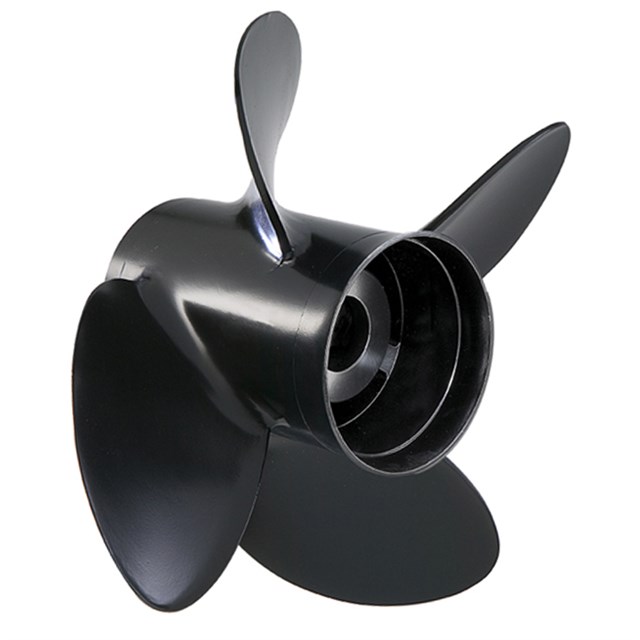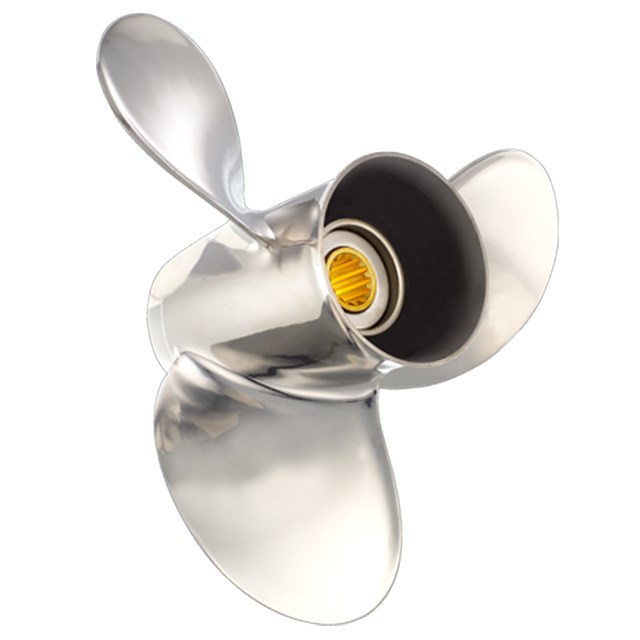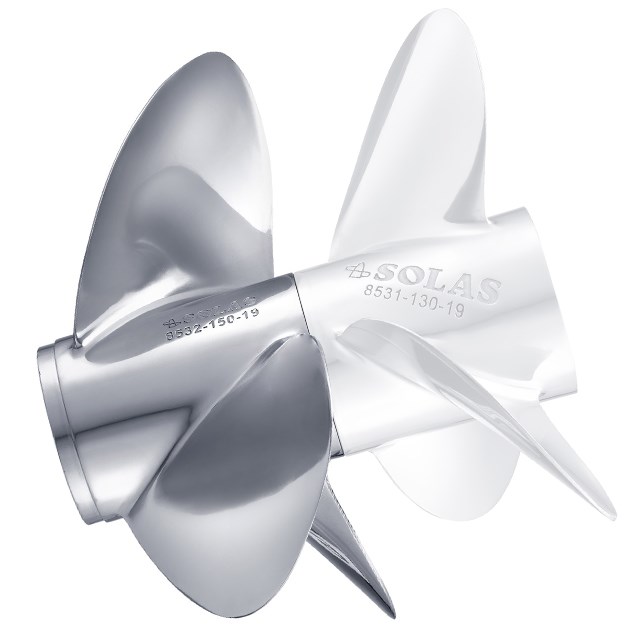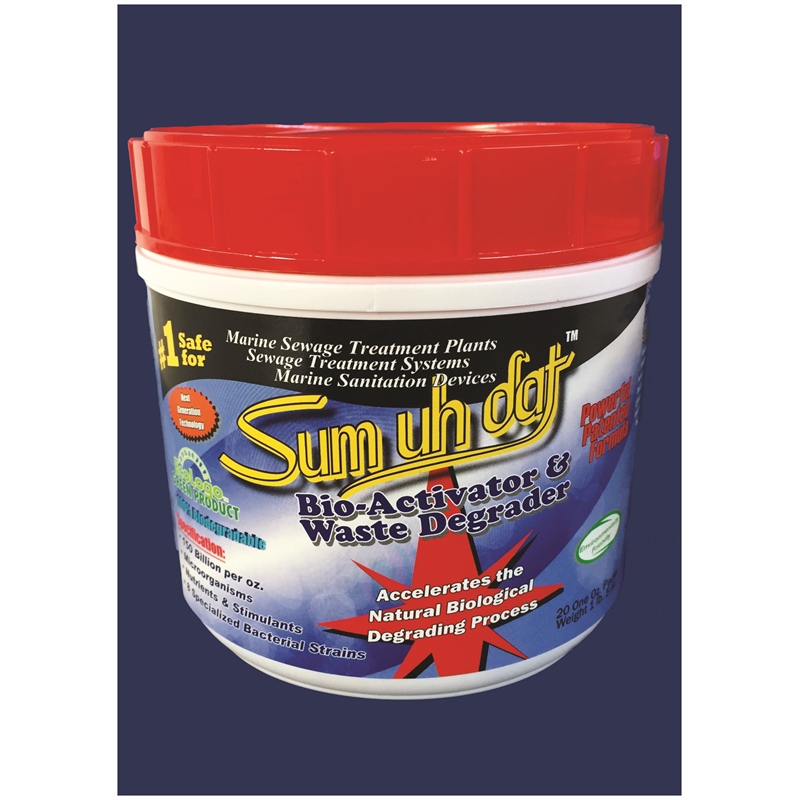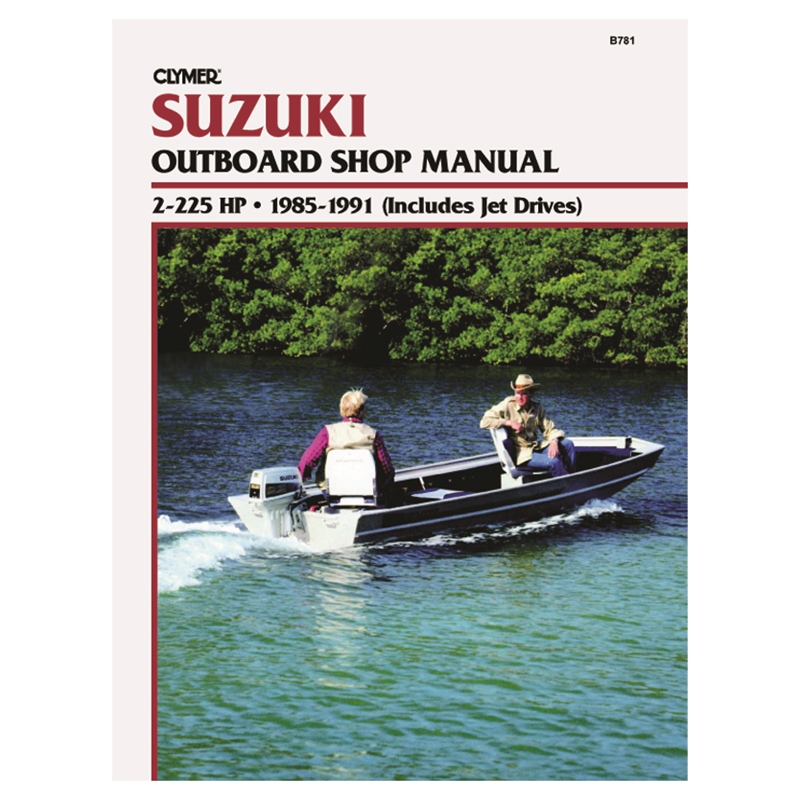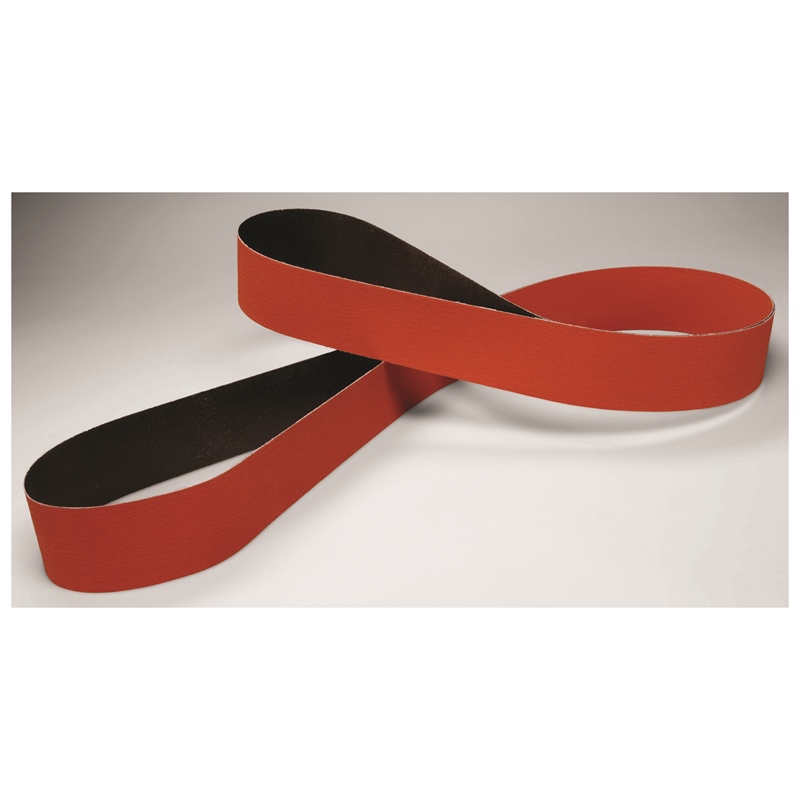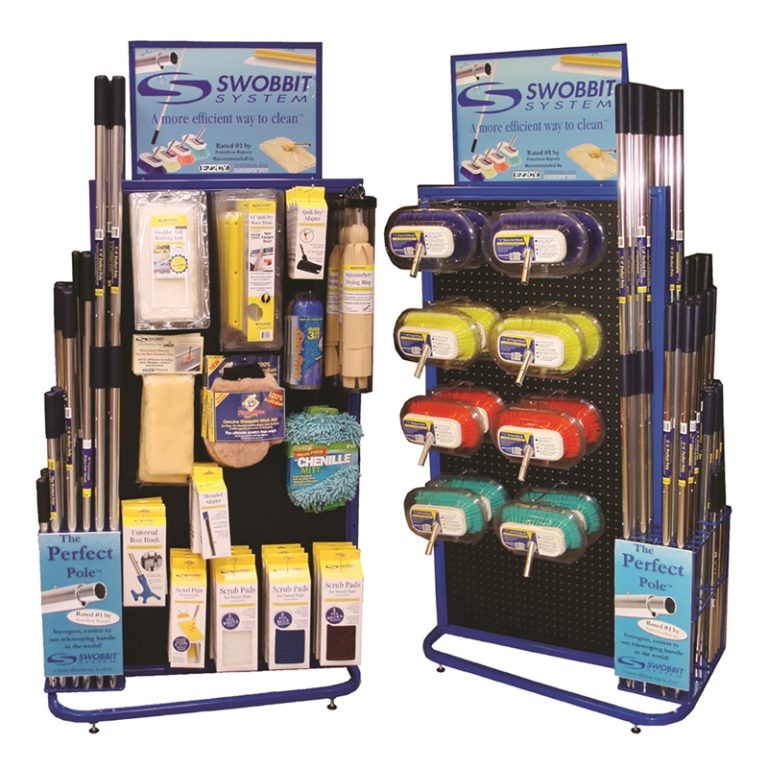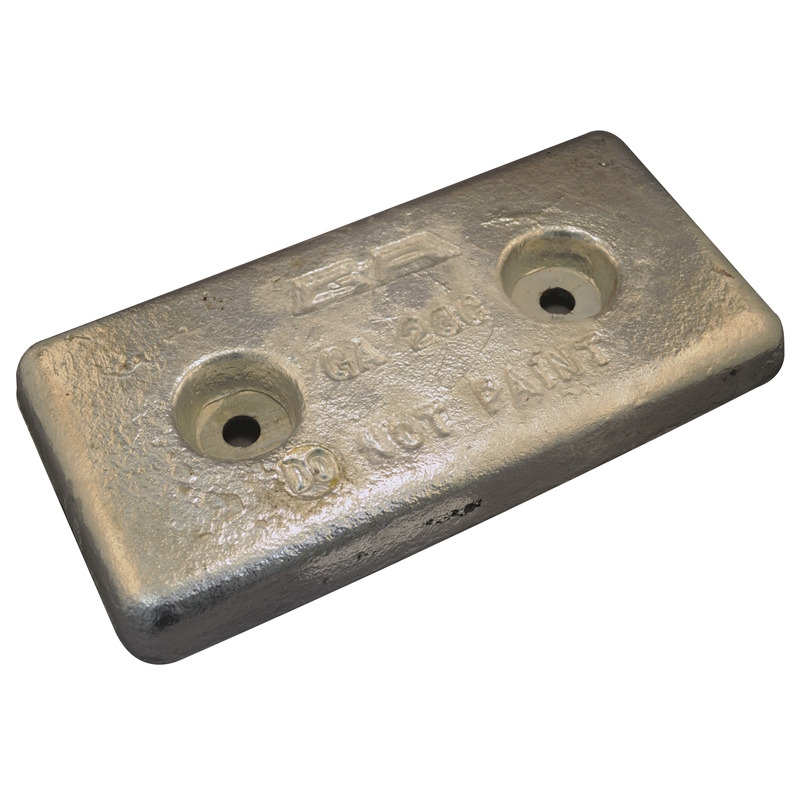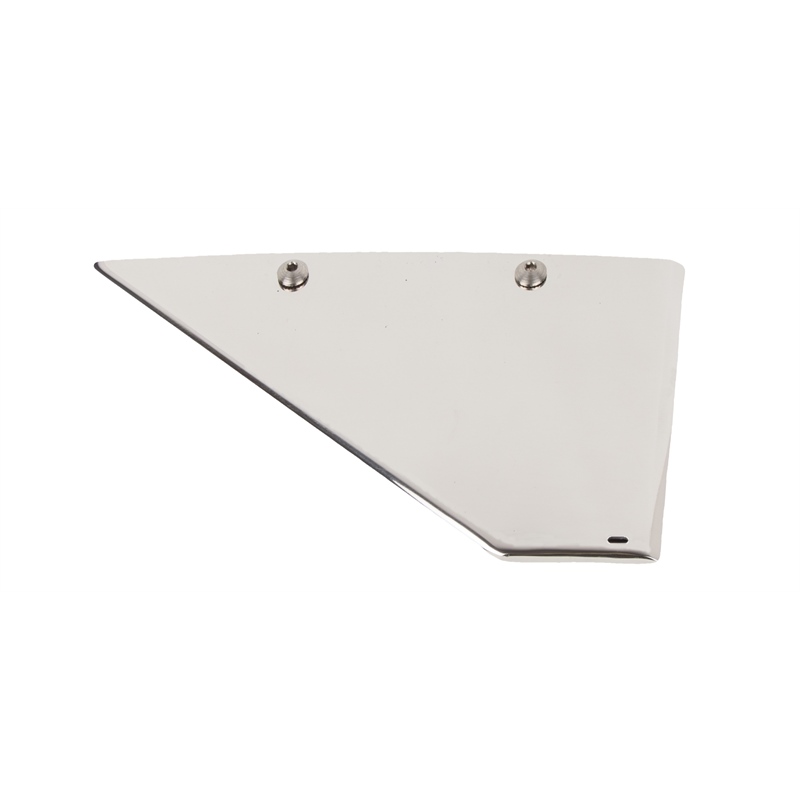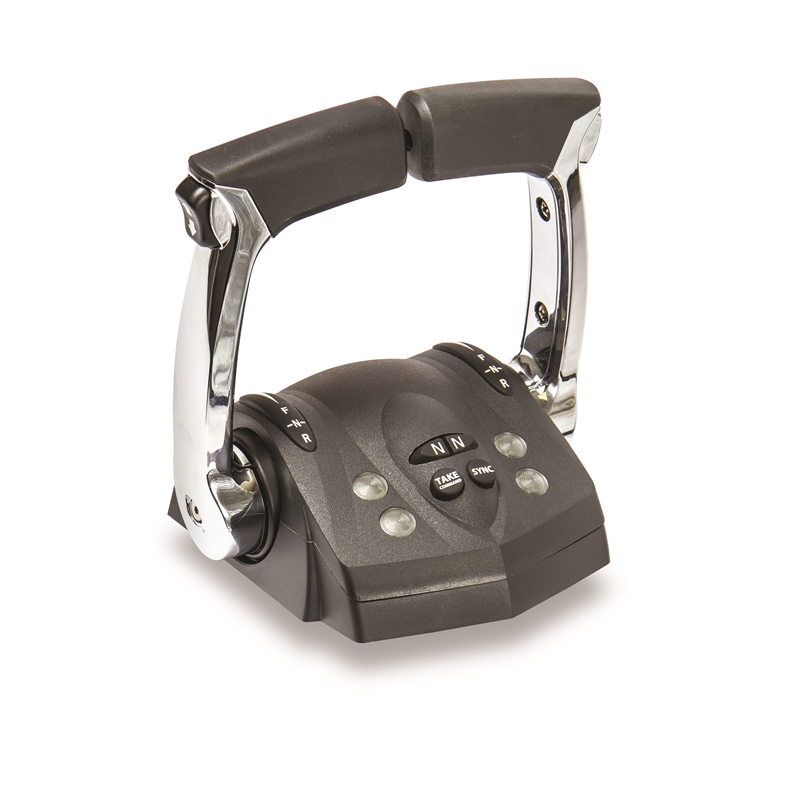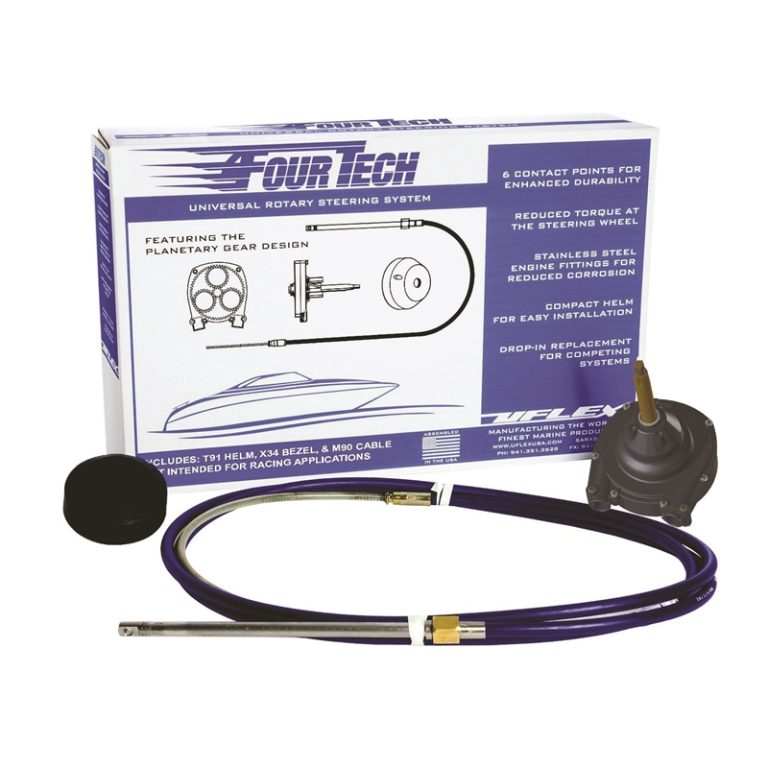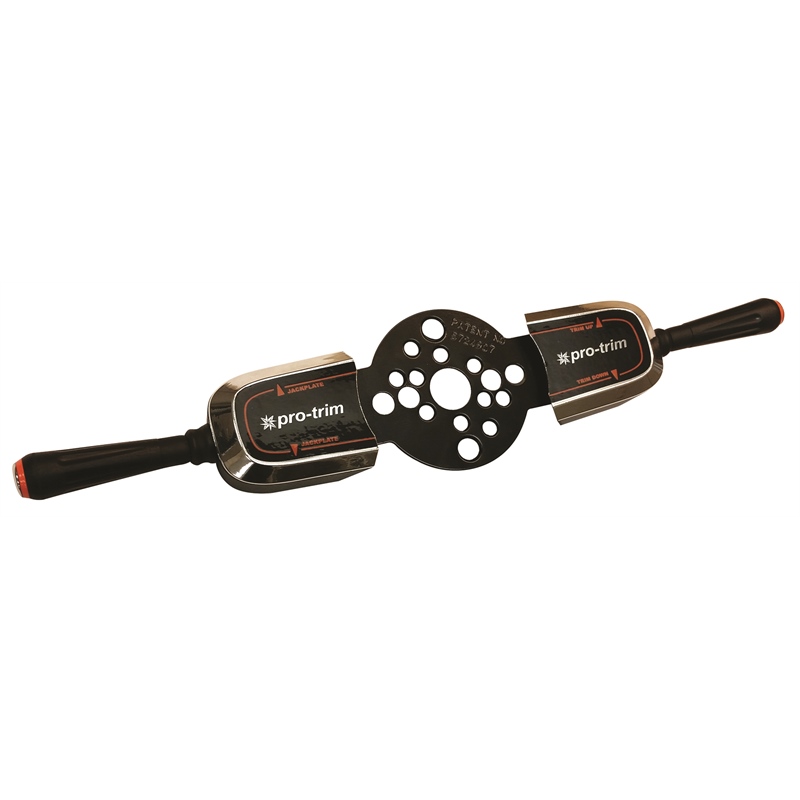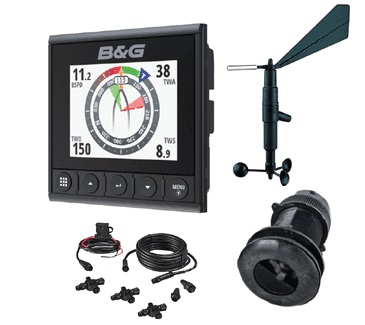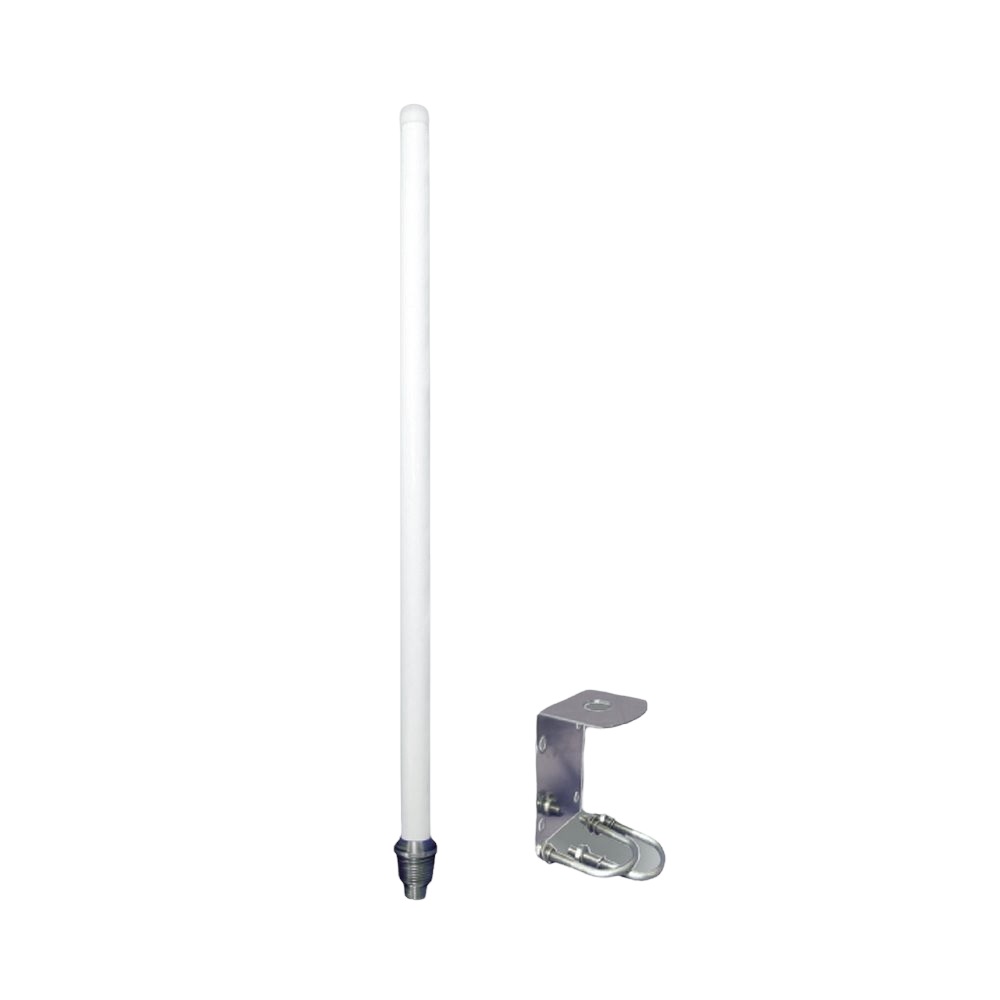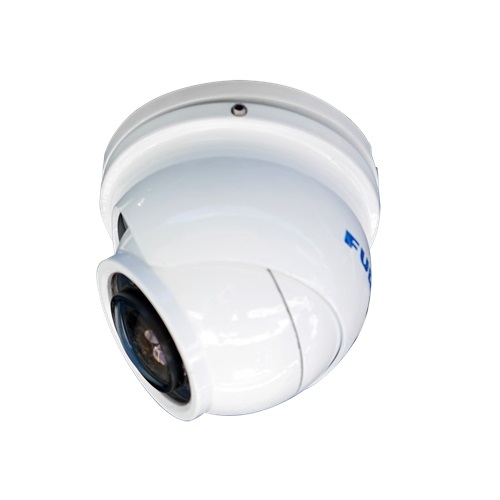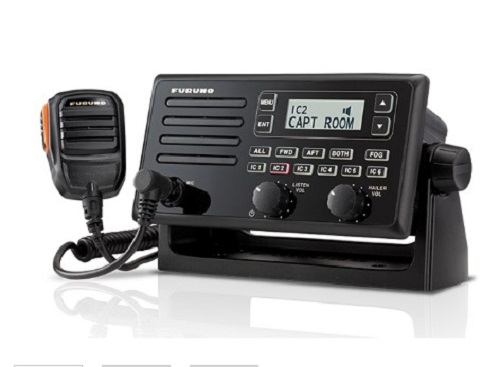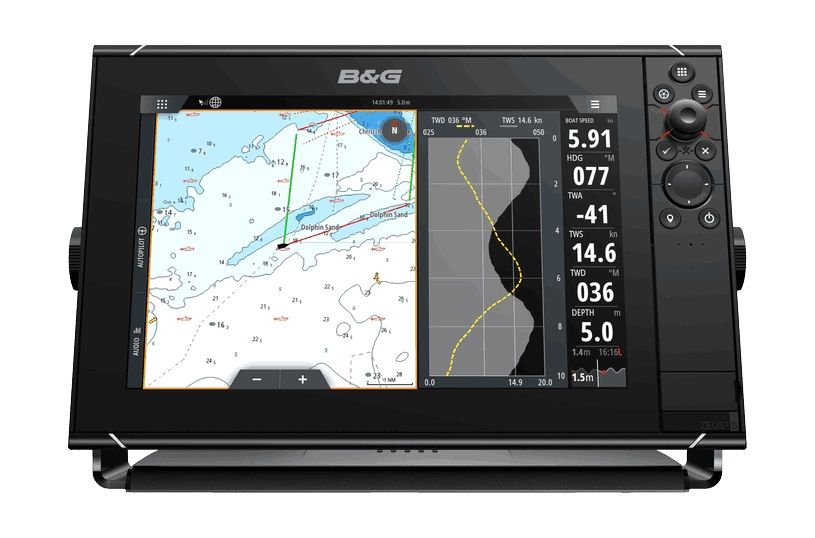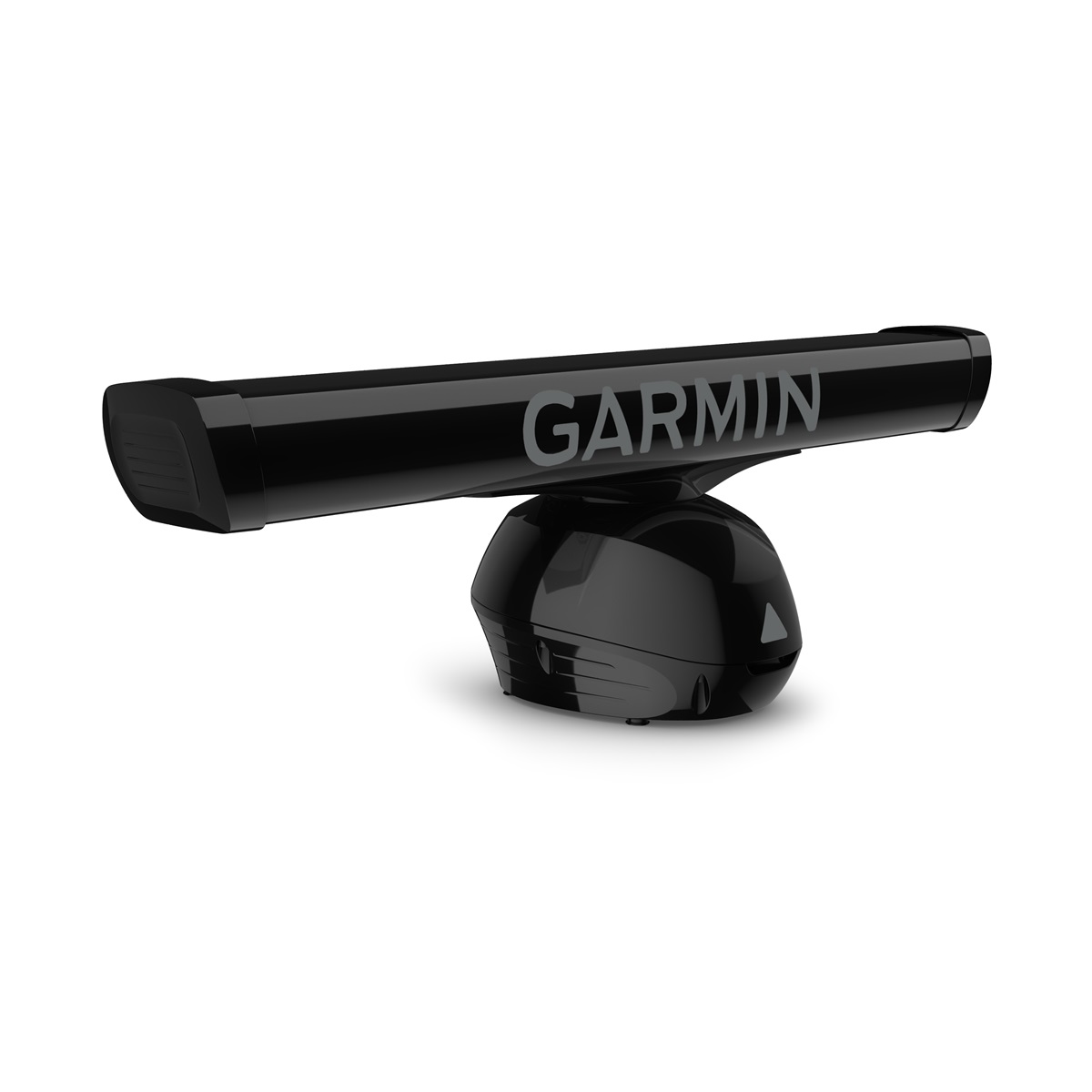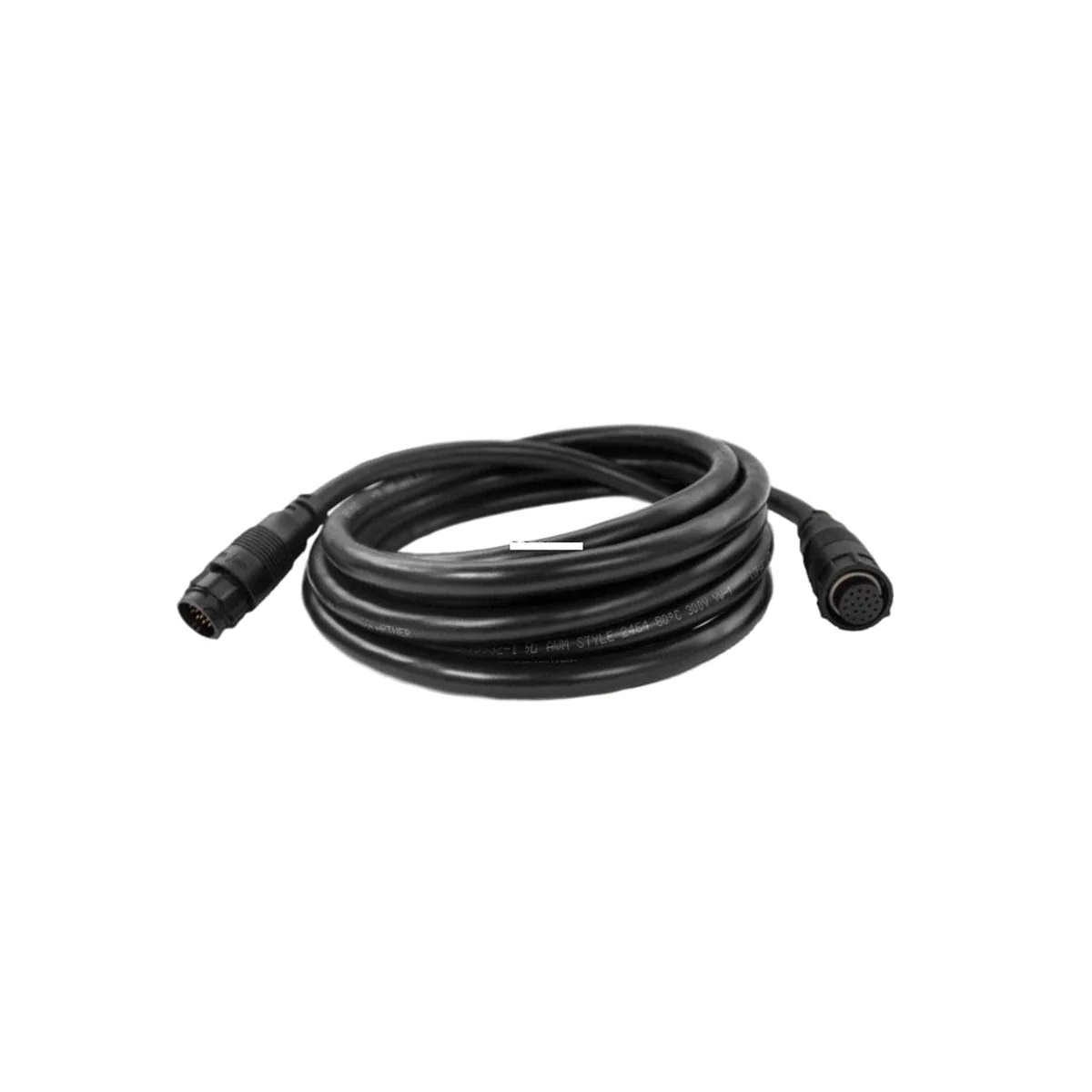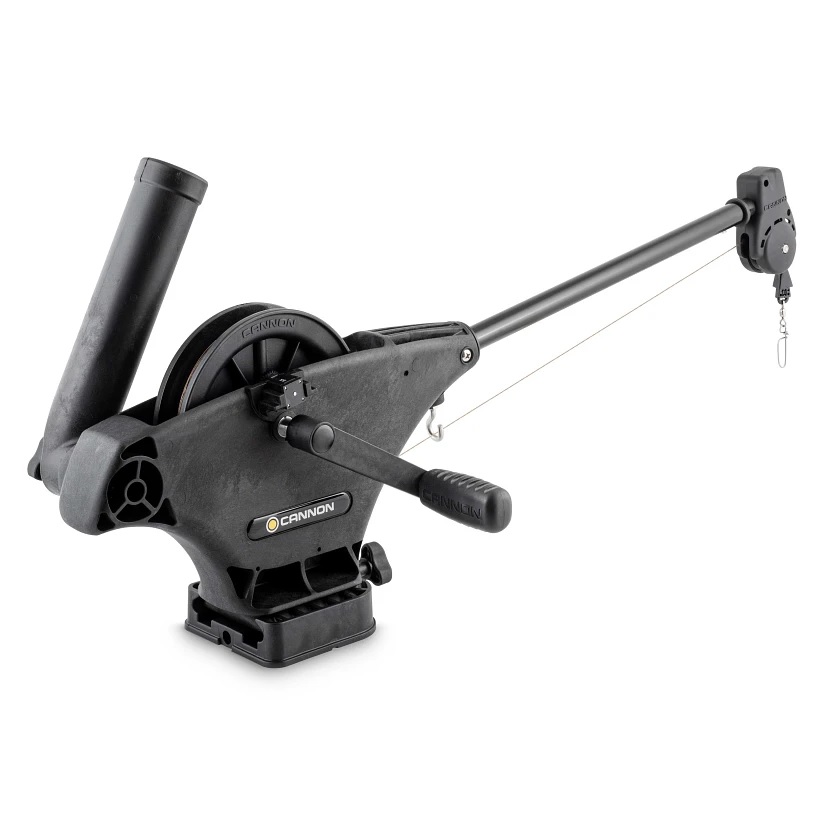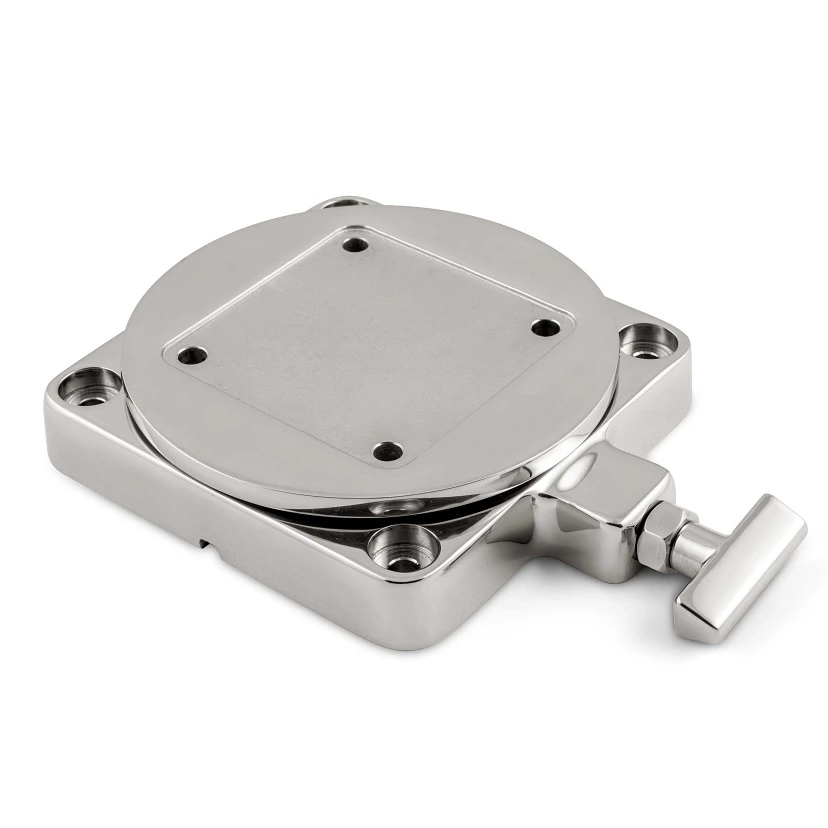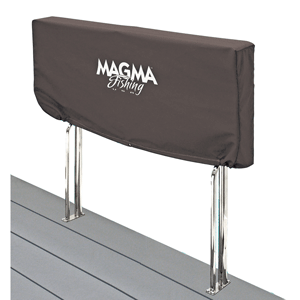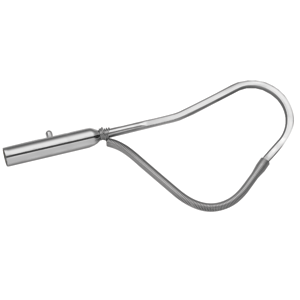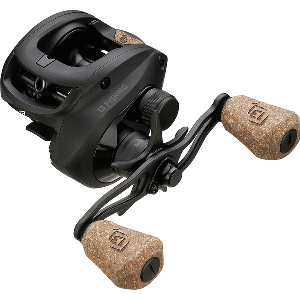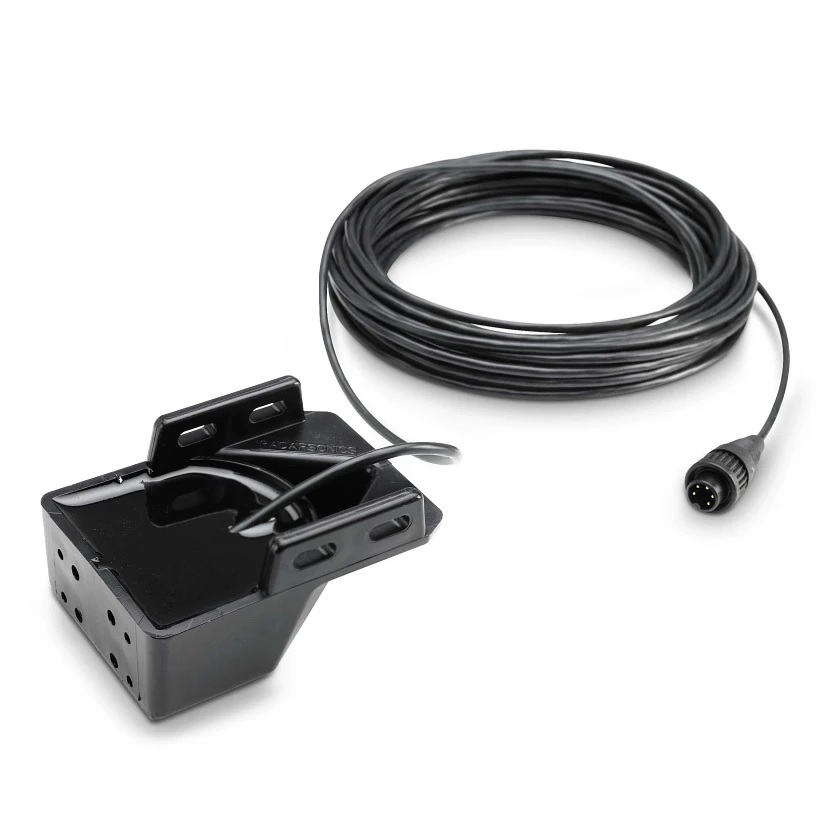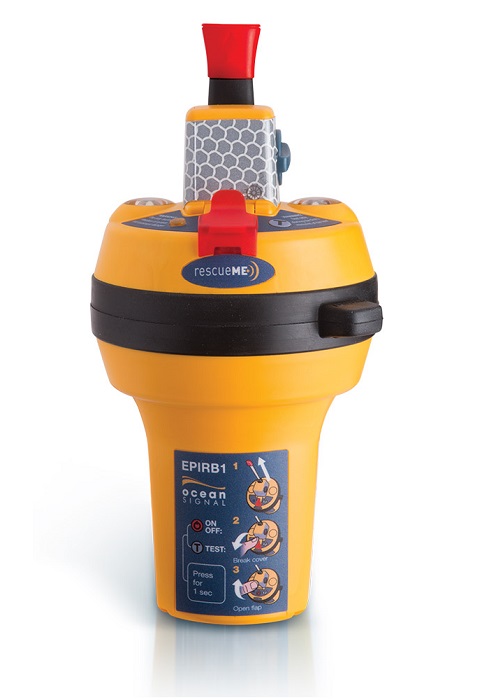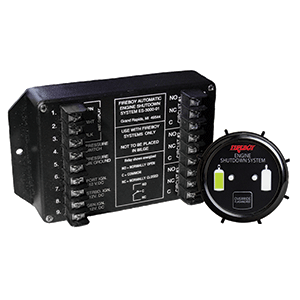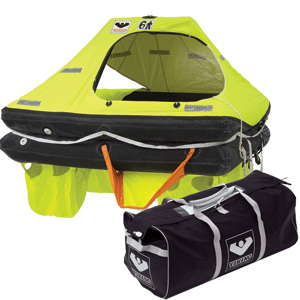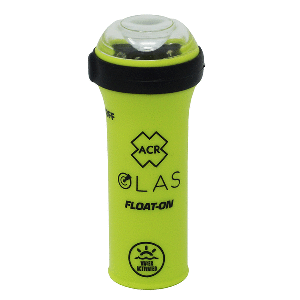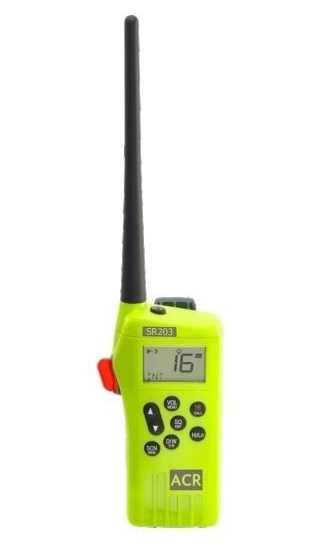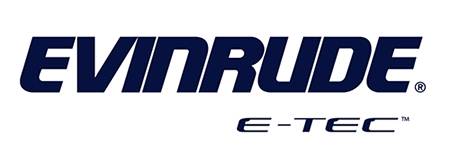Outboard vs. Inboard Lower Unit: What’s the Difference?

You Can Buy the Perfect Lower Unit for Your Boat at AllBoatSupplies.com
When choosing the ideal propulsion system for your boat, understanding the comparison between outboard lower unit and inboard lower unit is crucial. These systems differ in design, performance, and maintenance requirements, each suited to specific boating needs. Let’s dive deep into the differences to help you make an informed decision.
1. What Is a Lower Unit?
A lower unit, also called the gearcase, is part of a marine propulsion system. It houses gears, shafts, and the propeller, enabling the transfer of engine power to propel the boat. Both outboard and inboard engines have lower units, but their construction and functionality vary significantly.
2. Outboard Lower Unit: Key Features
Outboard lower units are integrated into the outboard motor, which is mounted externally on the boat’s transom.
Design and Functionality
- Compact System: Outboard lower units combine the engine, gearcase, and propeller into a single, external unit.
- Ease of Access: Positioned outside the boat, making repairs and maintenance straightforward.
- Versatility: Ideal for smaller vessels and applications like fishing or recreational boating.
Advantages of Outboard Lower Units
- Mobility: Easily tilt or remove the motor for transport or storage.
- Shallow Water Navigation: Outboards can be trimmed to operate in shallow water, minimizing damage to the propeller or gearcase.
- Cost-Effective: Typically more affordable than inboard systems for initial purchase and maintenance.
3. Inboard Lower Unit: Key Features
Inboard engines, including their lower units, are installed inside the boat’s hull, with the propeller shaft extending beneath the boat.
Design and Functionality
- Internal Placement: The engine and gearcase are housed within the hull, protecting them from external elements.
- Enhanced Stability: Inboards offer better weight distribution, improving the boat’s balance and performance.
- Suited for Larger Vessels: Commonly used in yachts, cruisers, and watersports boats.
Advantages of Inboard Lower Units
- Powerful Performance: Designed for higher torque and efficiency, ideal for long-distance travel or towing activities.
- Durability: Protected from impacts and corrosion due to internal placement.
- Quieter Operation: The engine’s position inside the hull reduces noise levels.
4. Side-by-Side Comparison
| Feature | Outboard Lower Unit | Inboard Lower Unit |
|---|---|---|
| Placement | External, mounted on the transom | Internal, inside the hull |
| Maintenance | Easier access for repairs and cleaning | Requires specialized tools and expertise for servicing |
| Suitability | Small to medium-sized boats | Larger vessels, yachts, and watersports boats |
| Cost | Lower upfront cost and maintenance | Higher initial cost, complex repairs |
| Durability in Saltwater | Exposed to elements, requiring anti-corrosion measures | Protected from direct exposure to water |
| Noise | Louder due to external placement | Quieter operation |
5. Which Option Is Right for You?
Choose Outboard Lower Unit If:
- You own a small or mid-sized boat.
- Ease of maintenance and affordability are priorities.
- You operate in shallow or freshwaters.
Choose Inboard Lower Unit If:
- You require powerful performance for large vessels.
- Stability and quiet operation are essential.
- You prioritize durability over initial costs.
6. Maintenance Tips for Both Systems
Regardless of your choice, proper maintenance is essential:
- Outboard Lower Units: Regularly flush with freshwater after use in saltwater, check for fishing line entanglement, and change gear oil periodically.
- Inboard Lower Units: Inspect seals and shafts, monitor engine cooling systems, and perform annual professional servicing.
Conclusion
Understanding the comparison between outboard lower unit and inboard lower unit helps you choose the right propulsion system for your boating needs. Outboards offer convenience and cost-effectiveness, while inboards provide durability and power for larger vessels. Assess your usage, vessel type, and budget to make an informed decision that enhances your boating experience.
